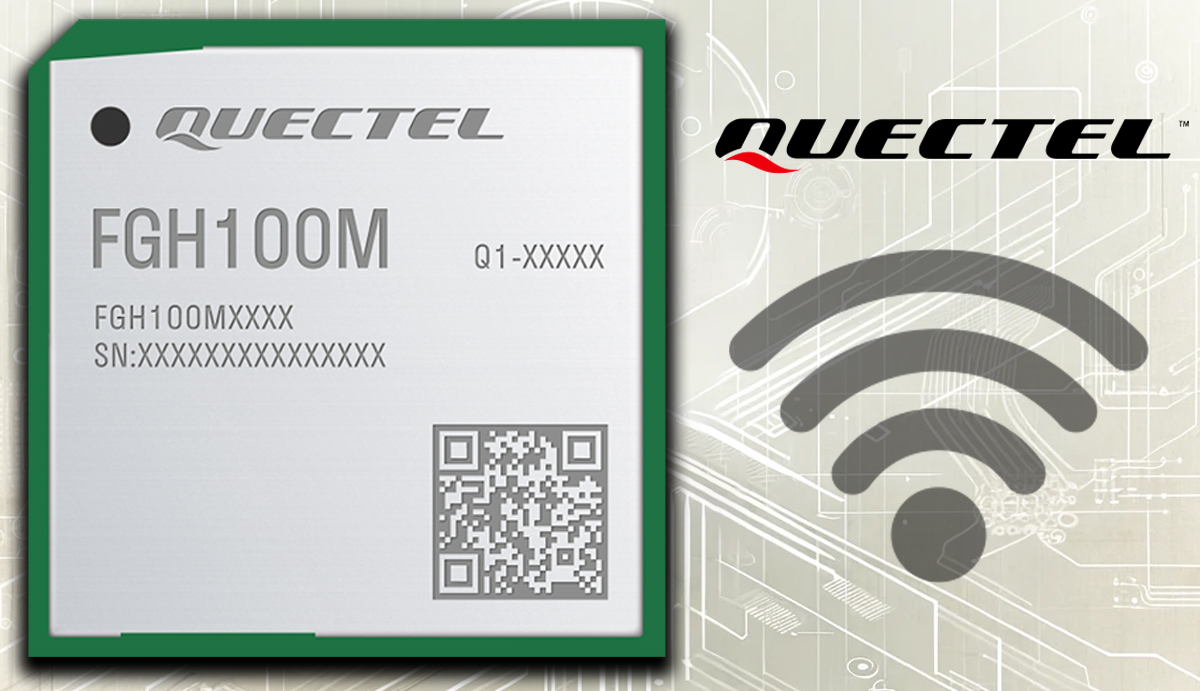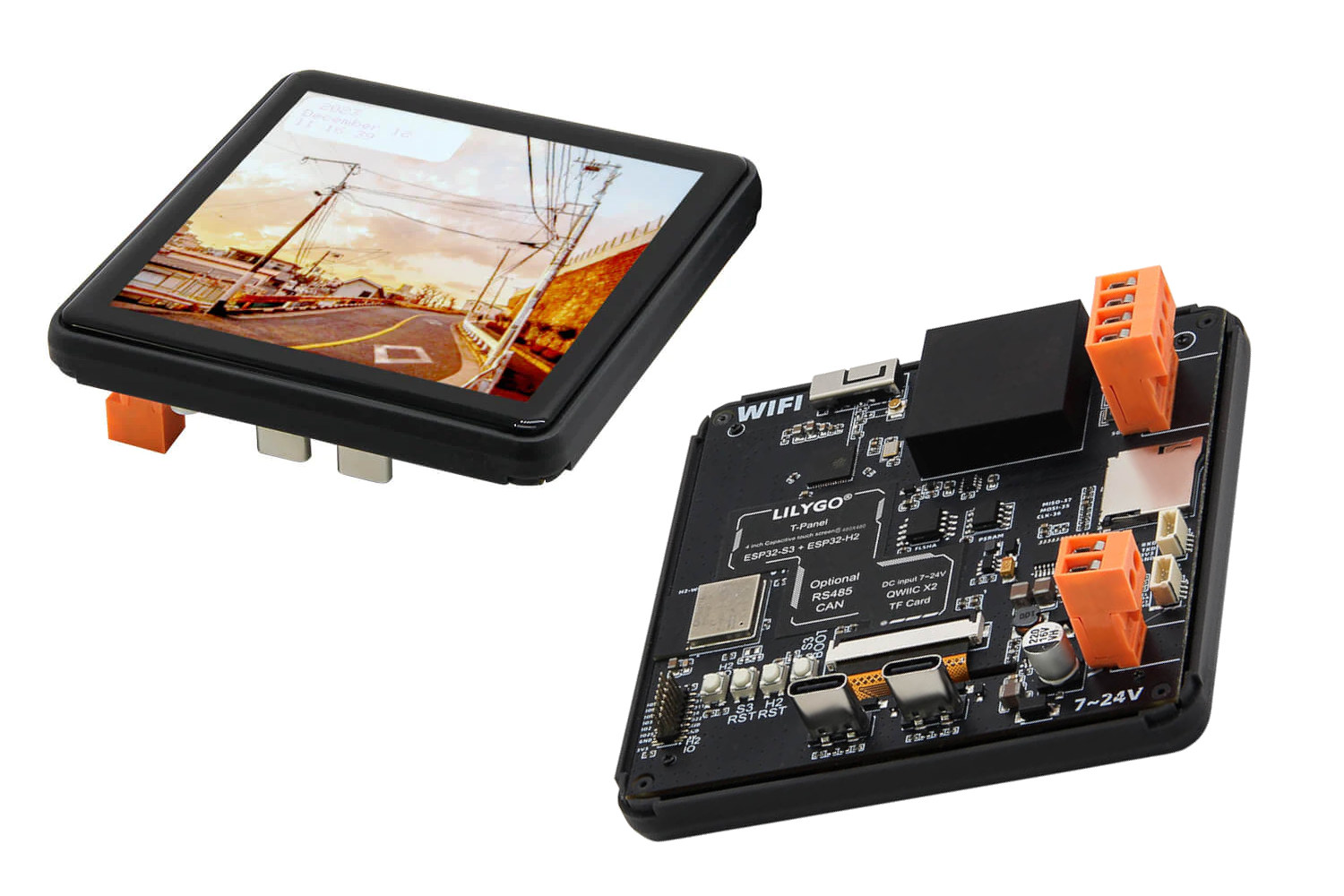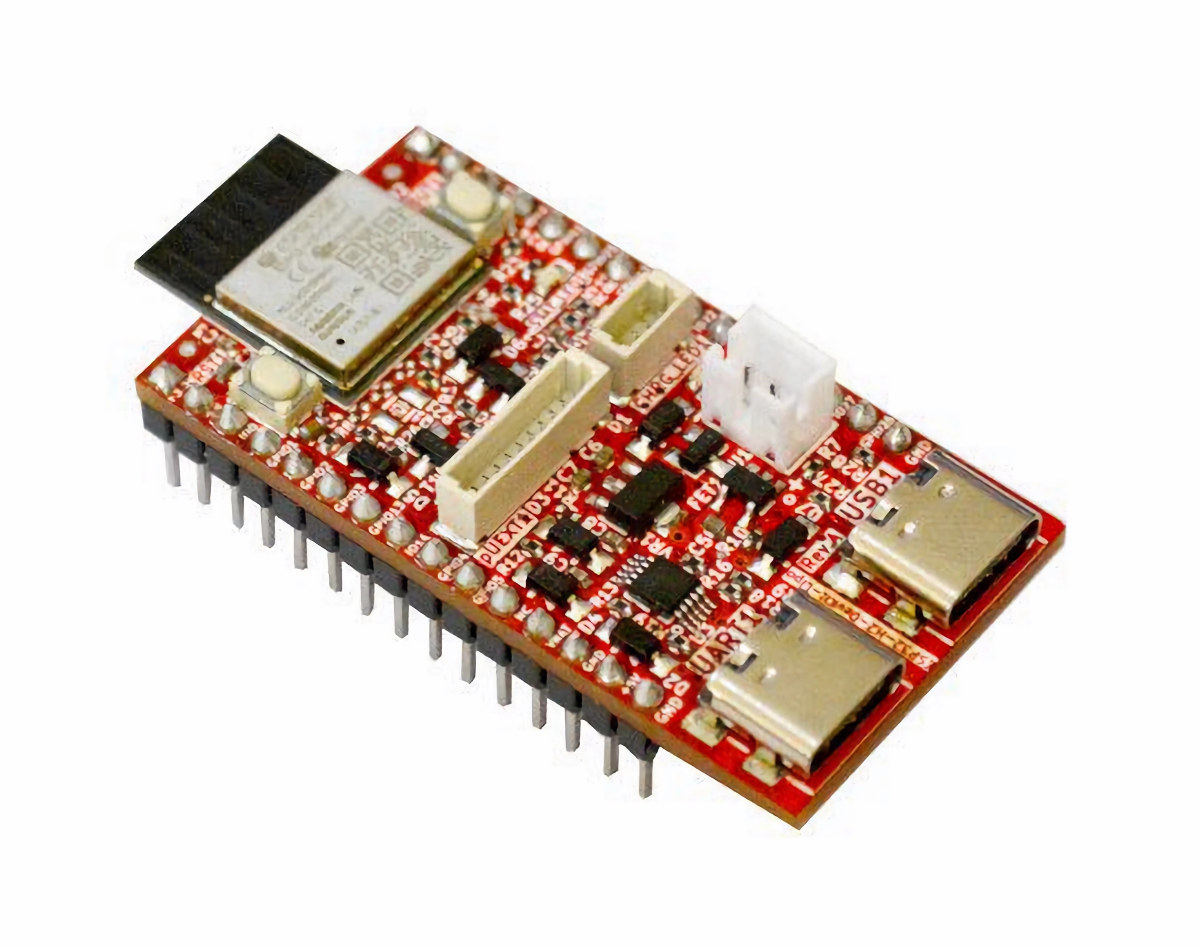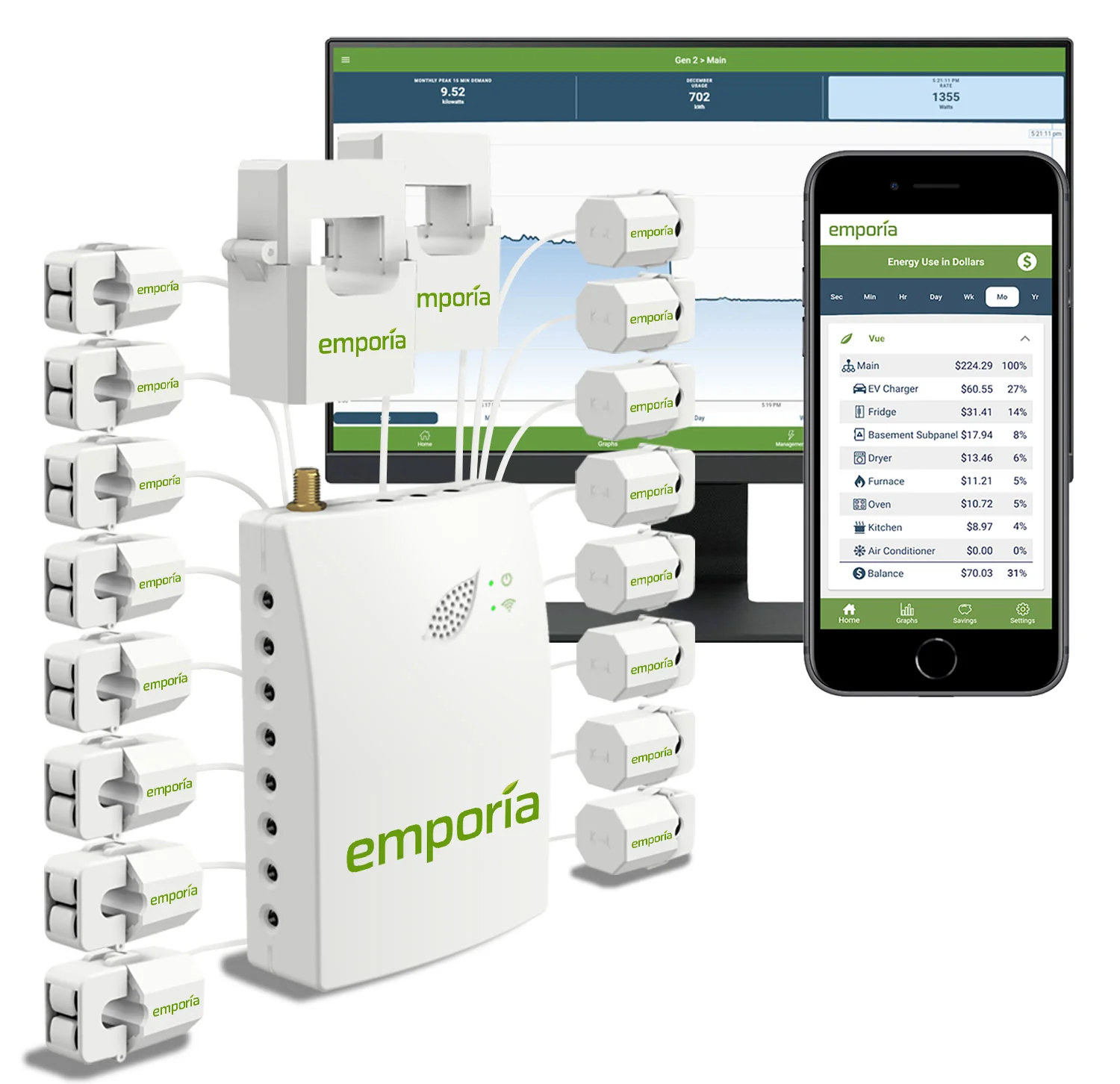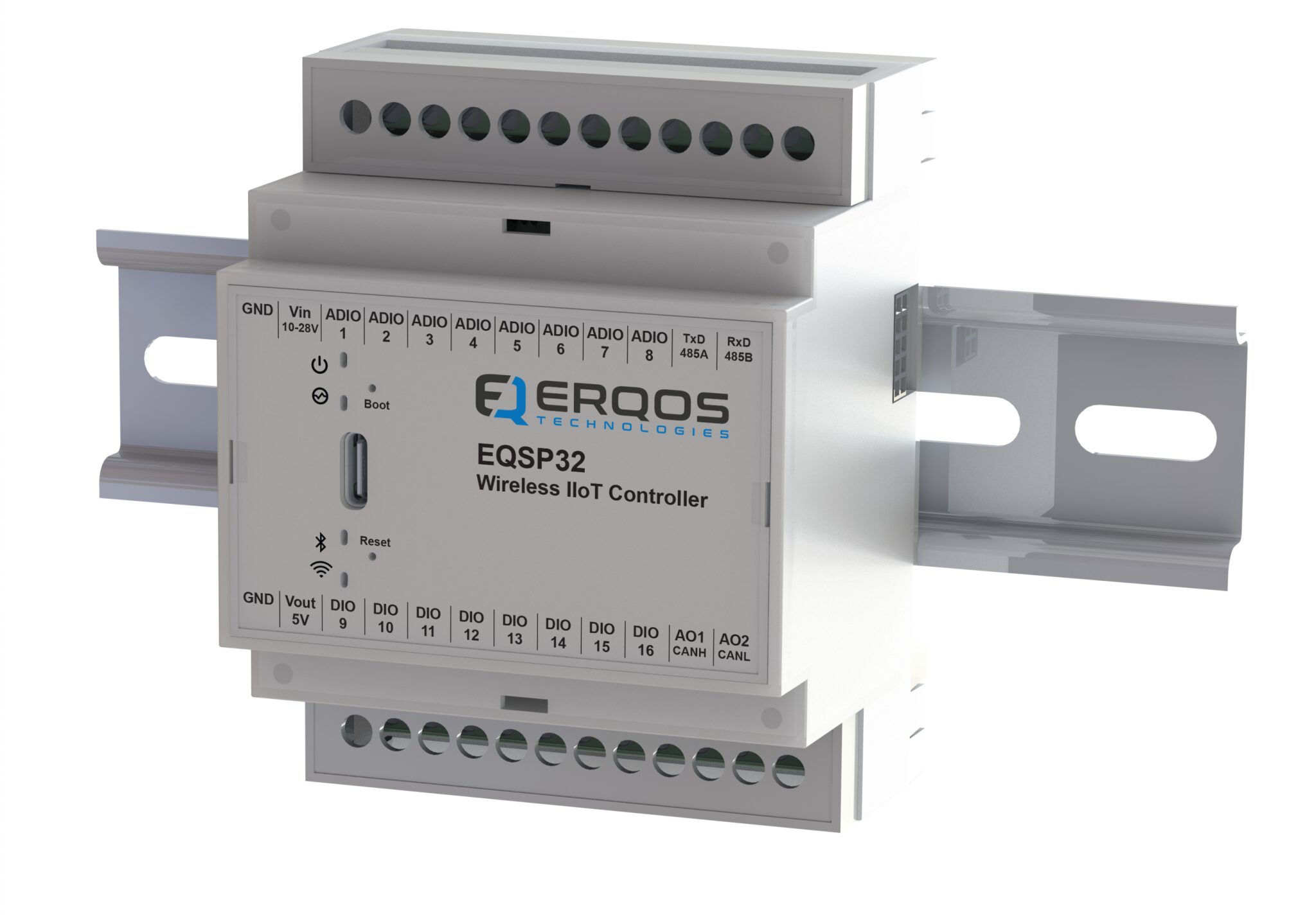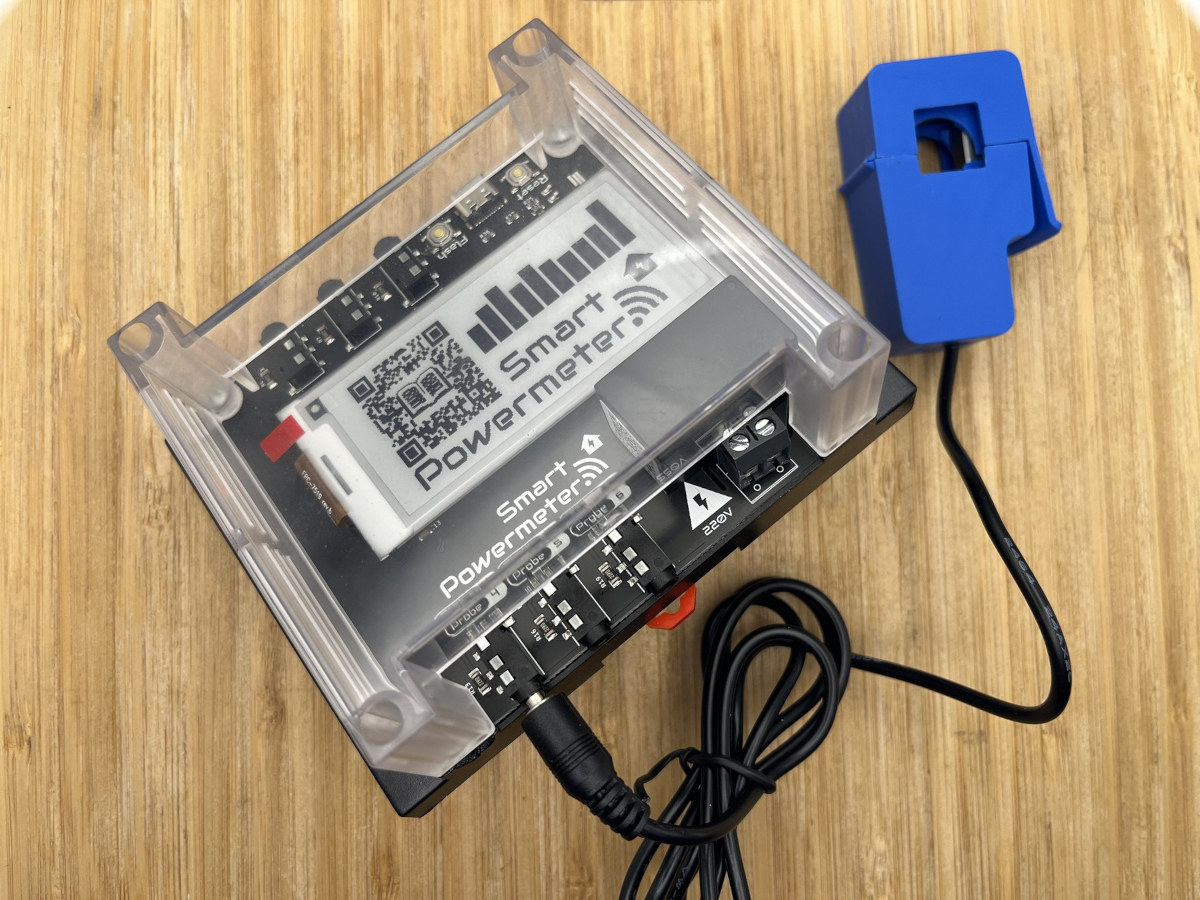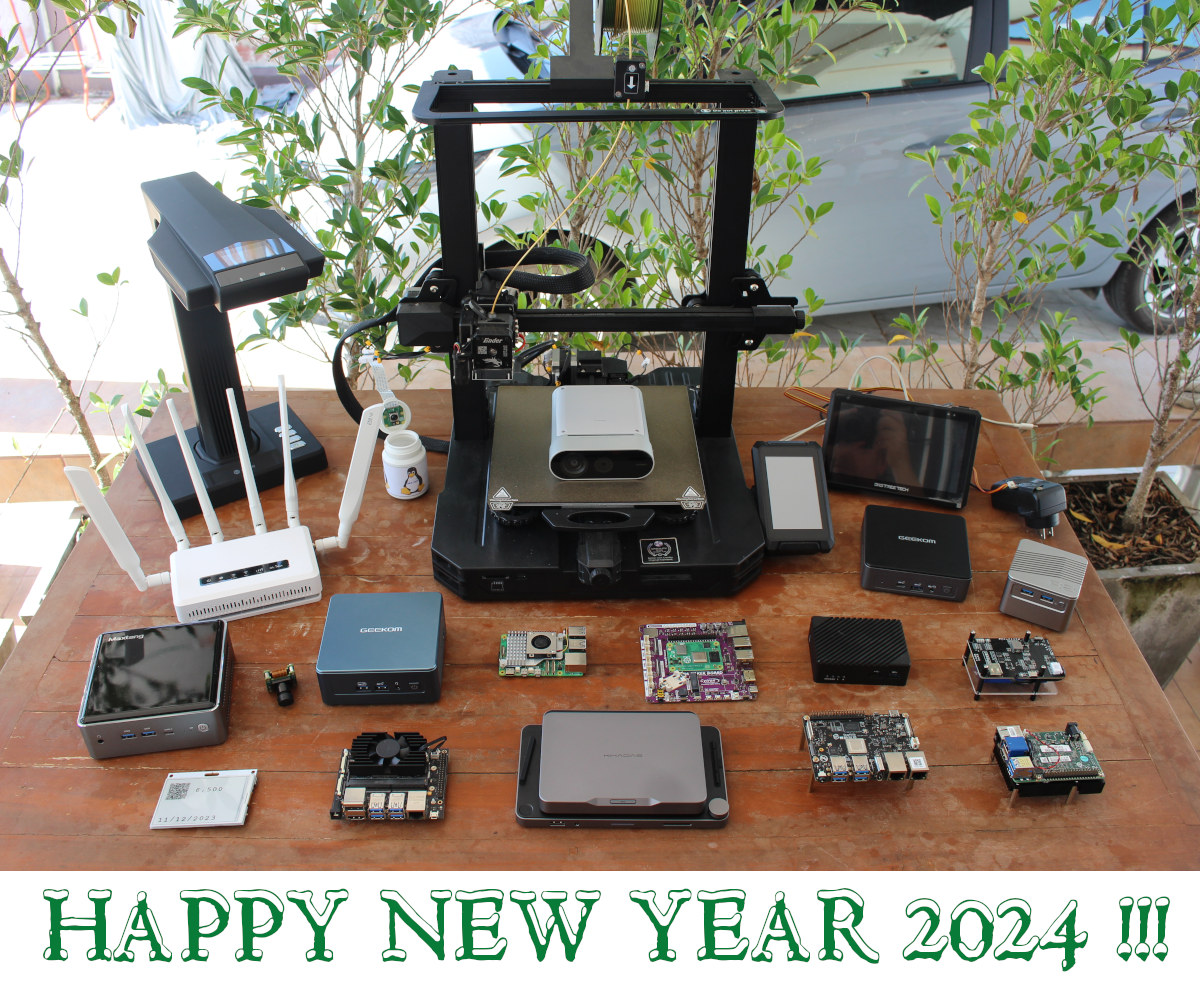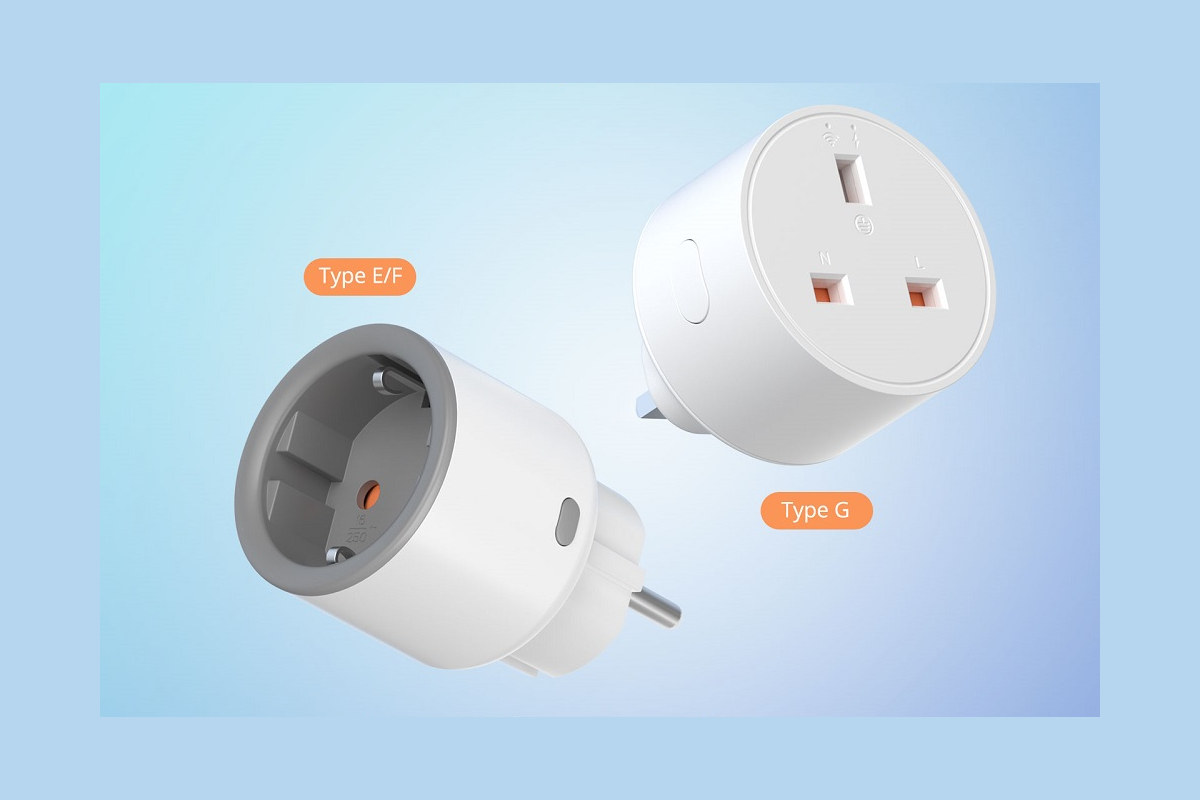In a collaboration, Quectel Wireless Solutions and Morse Micro have developed the FGH100M a Wi-Fi HaLow module, powered by Morse Micro’s MM6108 SoC. This module has achieved CE certification in Europe and FCC approval in the US, meeting high safety and environmental standards. After reading through the press release, I initially thought the 802.11.ah WiFi, known as WiFi HaLow, would be similar to other LPWAN standards like LoRaWAN or Sigfox. However, further research showed that Wi-Fi HaLow, operating in the 900 MHz band, was first announced in 2014 and got its name in 2016. However, in the following years, there wasn’t much interest in this wireless standard. But starting from 2021, it’s becoming more popular, and we’ve seen many HaLow-based products like a mini PCIe card, a WiFi HaLow development board, and a gateway kit to extend the range of IP cameras, and also ALFA Network’s AHPI7292S Raspberry Pi HAT […]
LILYGO T-Panel – A 4-inch HMI display and WiFi, BLE, and 802.15.4 gateway based on ESP32-S3 and ESP32-H2
LILYGO T-Panel is both a 4-inch HMI display and IoT gateway based on ESP32-S3 WiFi 4 and Bluetooth LE 5 microcontroller and an ESP32-H2 module with Bluetooth LE 5 and an 802.15.4 radio for Zigbee, Thread, and Matter connectivity. Last year, Espressif introduced the ESP-Thread Board Router/Zigbee gateway board with ESP32-S3 and ESP32-H2 to show how both chips could be combined to create IoT gateways. But I don’t think I had seen a company design a product based on both ESP32-S3 and ESP32-H2 until I saw the T-Panel which also includes an RS485 interface and Qwiic expansion connectors for good measure. T-Panel specifications: Wireless chips/modules Wireless SoC – ESP32-S3R8 dual-core Tensilica LX7 microcontroller @ 240 MHz 2.4 GHz 802.11n WiFi 4 and Bluetooth 5.0 LE connectivity Memory – 8MB PSRAM Wireless module – ESP32-H2-MINI-1 module MCU – Espressif Systems ESP32-H2 32-bit RISC-V microcontroller at up to 96 MHz with 320 […]
8 Euros ESP32-H2-DevKit-LiPo is an open-source hardware Bluetooth 5 LE and 802.15.4 (Zigbee/Thread/Matter) board
Olimex ESP32-H2-DevKit-LiPo is an open-source hardware board based on ESP32-H2-MINI-1-N4 wireless module with Bluetooth 5 Low Energy (LE) and an 802.15.4 radio for Zigbee, Thread, and Matter connectivity, and that can be powered by a LiPo battery. The ESP32-H2 RISC-V microcontroller is coupled with 4MB flash in the wireless module, and the board comes with two rows of 15 pins for up to 19 GPIOs with alternate functions such as ADC, SPI, UART, I2C, etc… plus pUEXT and Qwiic/Stemma connectors for expansion modules. The board also features two USB-C ports, one for connected directly to the ESP32-H2 and the other for USB to UART programming/debugging. ESP32-H2-DevKit-LiPo specifications: Wireless module – ESP32-H2-MINI-1-N4 MCU – Espressif Systems ESP32-H2 32-bit RISC-V microcontroller at up to 96 MHz with 320 KB SRAM, 128 KB ROM, 4 KB LP memory, Bluetooth 5.2 LE/Mesh and 802.15.4 (Zigbee/Thread/Matter) radios. Storage – 4MB flash storage PCB antenna Dimensions […]
Emporia Vue Gen 2 energy monitor ships with 16 CT clamps, supports single and three-phase power
We’ve just written about the “Smart Powermeter” measuring the power consumption of AC appliances through six CT clamps and running either ESPHome or Arduino firmware on ESP32-S3 WiFi and Bluetooth microcontroller. Some people asked about tri-phase and having more CT clamps. One of the commenters then recommended readers to look at the Emporia Vue energy monitor that ships with 16 CT clamps for individual devices/rooms, two 200A CT clamps for whole house monitoring, and supports single-phase up to 240VAC line-neutral, single, split-phase 120/240VAC, and three-phase up to 415Y/240VAC (no Delta). So let’s do that now. Emporia Vue Gen 2 specifications: Connectivity – 2.4 GHz WiFi 4 Probes 2x 200A current sensors for service mains; 3.5mm plug; dimensions: 65 x 44 x 41mm 16x 50A current sensors to individually monitor air conditioner, furnace, water heater, washer, dryer, range, etc; 2.5mm plug, dimensions: 41 x 23 x 26; accurate from ±2% […]
The EQSP32 is a no-code, no-solder Industrial Internet of Things Controller powered by a generative AI assistant (Crowdfunding)
The EQSP32 controller is a complete, end-to-end solution for IoT applications that recently launched on Kickstarter. It is a compact, wireless Industrial IoT controller based on the ESP32-S3 wireless SoC with a 250MHz dual-core processor, 512KB of RAM, and 8MB of flash memory. The product leverages artificial intelligence and code for automation projects can be generated automatically by the bundled generative AI programming assistant. The EQSP32 controller features 16 terminals that can be configured as analog or digital inputs, or as digital outputs. Switches, pushbuttons, keypads, LED strips, sensors, servos, potentiometers, etc., can be connected to these terminals. It is similar to the EdgeBox-Edge-100 we covered a while back but lacks an Ethernet port and uses less power overall. EQSP32 specifications: SoC: Espressif Systems ESP32-S3 dual-core Tensilica LX7 microcontroller @ 240 MHz, 512KB RAM Memory – 8MB flash Network Connectivity: Bluetooth, WiFi USB – USB-C programming port I/O: 16 multipurpose […]
ESPHome compatible “Smart Powermeter” supports up to 6 CT clamps
J.G.Aguado’s “Smart Powermeter” is an ESP32-S2 board with a 2.9-inch e-paper display designed to measure power consumption through up to six CT clamps, or Current Transformer clamps, that are each attached to one of the AC lines of a house or appliance. I used an MT87 Digital Clamp Multimeter nearly 10 years ago to easily and safely measure the power consumption of a whole house by simply clamping it on one of the cables outside and reading the results on the display. The Smart Powermeter works in the same way but can perform measurements for up to six devices, and besides seeing the results on the display the ESP32-S2 can also send the data to the cloud or local server for data gathering and analysis using ESPHome or Arduino firmware. Smart Powermeter specifications: Wireless module – ESP32-S2-MINI-1-N4R2 SoC – Espressif ESP32-S2FH4 CPU Single-core 32-bit LX7 microcontroller @ up to 240 […]
2023 Year in review – Top 10 posts, statistics, and what to expect in 2024
It’s the last day and last article of the year, so we will look at some highlights of 2023, some traffic statistics on the CNX Software website, and speculate what interesting developments may happen in 2024. Looking back at 2023 The semiconductor shortage that had happened since 2020 started to fade away in early 2023, and supplies for most electronics components and devices seem to be adequate at this time, so that was a bright spot this year, and hopefully, it will stay that way in 2024 despite geopolitical tensions. We did not have any super exciting new Arm application processors from Rockchip, Amlogic, or Allwinner announced this year, although the Amlogic S928X penta-core Cortex-A76/A55 CPU started to show up in some 8K TV boxes. The launch of the Raspberry Pi 5 SBC with a Broadcom BCM2712 quad-core Cortex-A76 processor was probably the main highlight for Arm on this side […]
SONOFF iPlug S60 – A $10.9 compact WiFi smart socket with built-in energy monitoring function
SONOFF iPlug S60 is a compact ESP32-C3-based WiFi smart socket with built-in energy monitoring support and available with either Type E/F or Type G prongs for respectively European and British markets, as well as other countries using those types of sockets. ITEAD has manufactured home automation devices that measure power consumption for years, such as the SONOFF POW switch directly connected to the mains or the SONOFF S31 smart socket, but those are/were much larger devices, and the new SONOFF iPlus S60 is fairly small and barely larger than some other smart sockets that lack an energy monitoring function, whiling handling up to 16A or 4,000W at 220-250V. SONOFF iPlug specifications: Wireless MCU – ESP32-C3 RISC-V microcontroller with 2.4GHz WiFi 4 802.11b/g/n S60TPG Plug type – Type G (UK) Input – 250V, 50/60Hz, 13A max Max load – 3,250 Watts Dimensions – 58 x 58 x 42 mm Weight – […]


